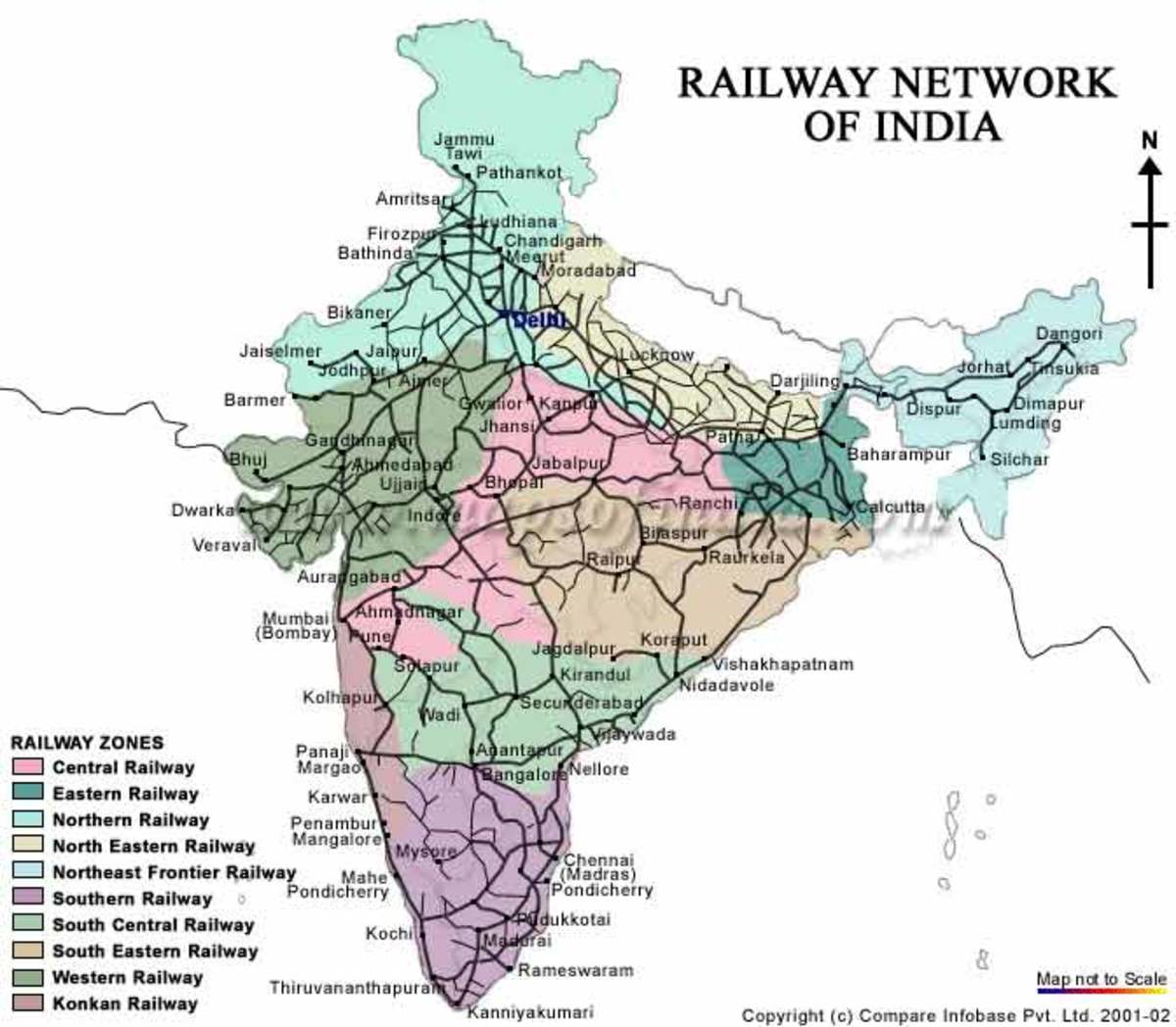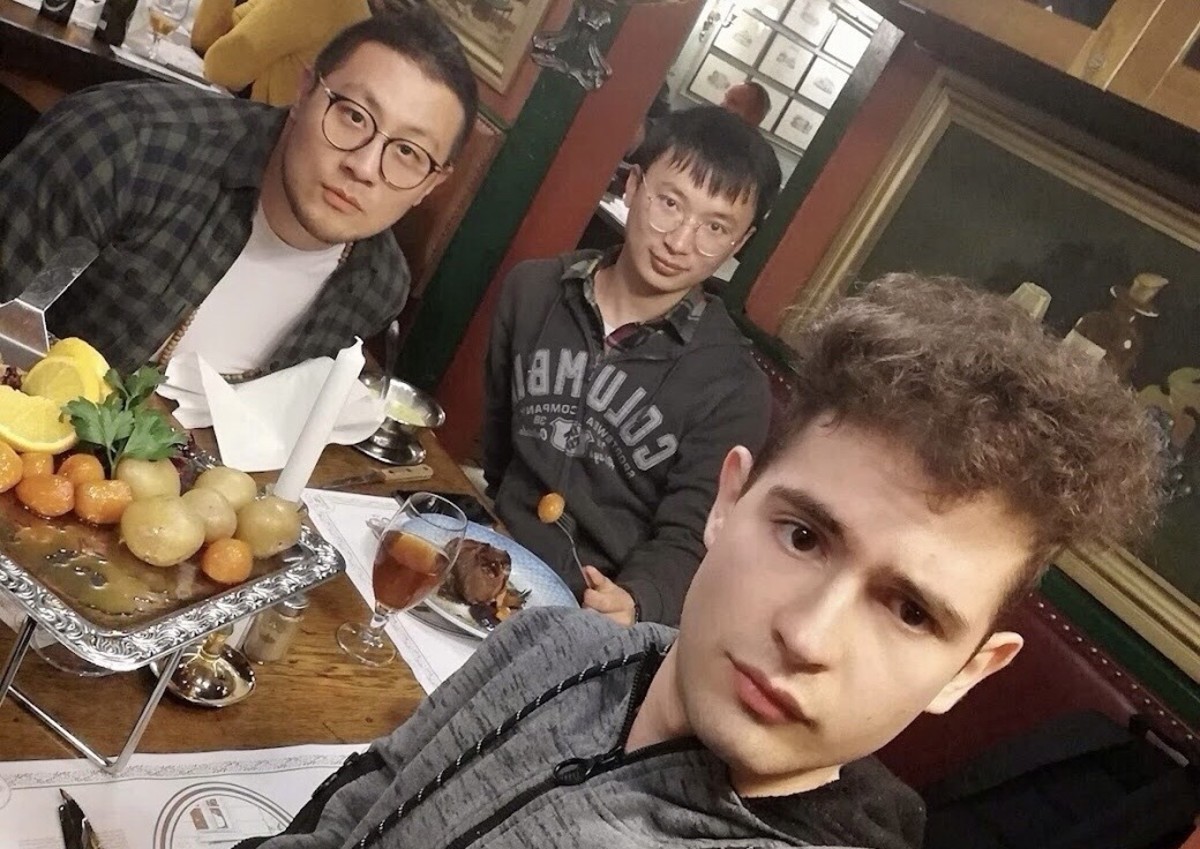Visiting Kleinbettingen, Luxembourg: some interesting international perspectives at a border crossing

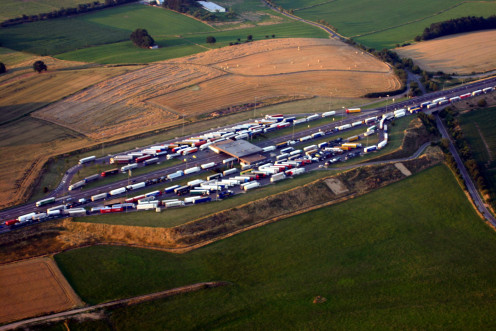
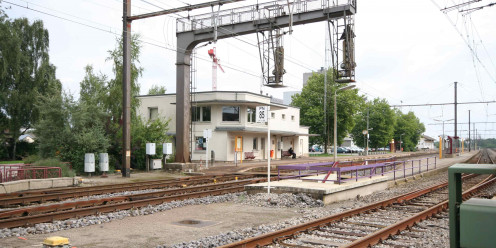

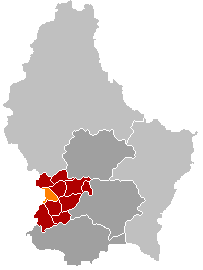
Oh, the dear British!
Chances are that visitors to the Grand Duchy of Luxembourg have visited Kleinbettingen (Létzebuergsch: Klengbetten), especially if they have arrived or left by rail or road travelling to and from Belgium. This village in south-western Luxembourg is the location for both a major rail and freeway (A4 - A6) crossing at the border between Luzembourg and Belgium.
In 1858, the Brussels-Arlon railroad line was completed; and in 1859 the line was extended from nearby Arlon in the Belgian province of Luxembourg to the city of Luxembourg in the Grand Duchy. Kleinbettingen being a few hundred metres within Luxembourg from the border with Belgium, its railroad station dates from this time (1).
West of Kleinbettingen is a stream known as the Autelbas, which, when crossed, marks the beginning of Belgian territory in the village of Sterpenich. It was here that Luxembourg's Prime Minister, Victor, Baron von Tornaco, who served in that office from 1860 to 1867, was born. Interestingly, when he was born there in 1805, there was no international boundary between Sterpenich and Kleinbettingen. The boundary between Luxembourg and what had become the independent Kingdom of Belgium in 1830 was fixed here on the Autelbas under the joint sponsorship of the British at the Treaty of London, 1839. This treaty is significant in that the British (who would usually claim to stand aloof from Continental affairs) asserted that they were — for the first time in an international treaty — making ethnolinguistic considerations paramount, and that they were putting the border there for linguistic 'reasons'. (One suspects that the British hosts were also pursuing other reasons for the Treaty....)
Well, the British were wrong. Sterpenich, Belgium, and Kleinbettingen, Luxembourg, divided by the border on either side of the Autelbas, were and are Létzebuergesch-speaking (2). Oh well.
When the Nazi Germans arrived in Luxembourg and Belgium in 1940, where possible they wanted to speak German. On the Belgian side of the border, in what is known as the Arelerland, this had repercussions after World War Two. After the Nazi Germans had been ejected from the region at the Battle of the Bulge, Luzembourg reestablished its way of life which involved — in uniquely subtle ways —the use of three languages: Létzebuergesch (which the Nazi Germans strongly discouraged), French and German. But on the Belgian side, however, especially in the Arelerland (for a while annexed to Germany during World War Two), German was suddenly discouraged very strongly. It still is. Gradually over the years and decades after World War Two, local, cultural groups have emphasized the Létzebuergesch cultural character of the Arelerland.
Thus between the two villages, rue de Sterpenich in Kleinbettingen, Luxembourg, is a continuation of rue de Kleinbettingen, Sterpenich, Belgium. On the Luxembourg side, Létzebuergsch, French and German are officially acknowledged languages, while on the Belgian side, French only, but with some measure of acknowledgment of Létzebuergesh.
Kleinbettingen is in the municipality of Steinfort (Létzebuergesch: Stengefort). Interestingly, in 2004 Jean Asselborn, the local mayor for the past 22 years, ceased to exercise his functions in this office on the day that he was appointed Luxembourg's Foreign Affairs Minister (an office which, in 2013, he continues to fulfil). Given that the municipality is partly bounded by the border with Belgium in any case, there is a sense in which Foreign Minister Asselborn, as local mayor, had already been involved in a role with a significant cross-border element (3). Conversely, with Luxembourg being a small country, in which nowhere is really far from from the borders of either Belgium, France or Germany, there is a sense also in which crossing borders physically and, indeed, mentally reconciling cross-border perspectives, is almost part of the local state of mind. So maybe there was a little less of a transition between the successive scope of the activities of Mayor Asselborn to those of Foreign Minister Asselborn, than might at first appear.
Kleinbettingen's railroad station is situated at 17, rue de la gare.
November 6, 2013
Notes
(1) It may be thought that Kleinbettingen as a railroad facility owes its entire existence to its situation on the Luxembourg-Arlon-Brussels line. This, however, is not actually the case; there was formerly another railroad, known as the Attert line, which used to run between Attert and Pétange in the extreme south-west of Luxembourg, and which used also to pass through Kleinbettingen.
(2) Sterpenich forms part of what is known as the Létzebuegesch-speaking area of the Belgian province of Luxembourg known as the Arelerland.
(3) Minister Asselborn also serves as Deputy Prime Minister and includes immigration in his portfolio: thus, a complex combination of internal and external perspectives.
Also worth seeing
In Kleinbettingen itself, the church of Saint-Cyriaque, built in 1878, has a prominent spire; interestingly, prior to the partition of Luxembourg in the early 19th century, Kleinbettingen's parish church was deemed to be in Sterpenich, now in Belgium (see also above); an old oak tree, now protected, is reckoned to be over 200 years old (older thus than the Luxembourg-Belgium border which in some ways now defines Kleinbettingen).
Be sure to visit also the photogenic and historic Luxembourg City (distance: 23 km); visitor attractions include the Adolphe Bridge over the scenic Pétrusse Valley, the Grand Ducal Palace, the Cathedral, the former ARBED building, and many others.
...
How to get there: The Luxembourg railroad company CFL maintains a service between Kleinbettingen and Luxembourg City; the nearest large international airport is Luxembourg (Aéroport de Luxembourg ), at Findel, from where car rental is available. For North American travellers making the London, England area their touring base, airlines flying to Luxembourg include Luxair (from London Heathrow Airport and London City Airport) and CityJet (from London City Airport). The Luxembourg railroad company CFL maintains a regular service to Clervaux from Luxembourg City. You are advised to check with the airline or your travel agent for up to date information. Please refer to appropriate consular sources for any special border crossing arrangements which may apply to citizens of certain nationalities.
MJFenn is an independent travel writer based in Ontario, Canada.




